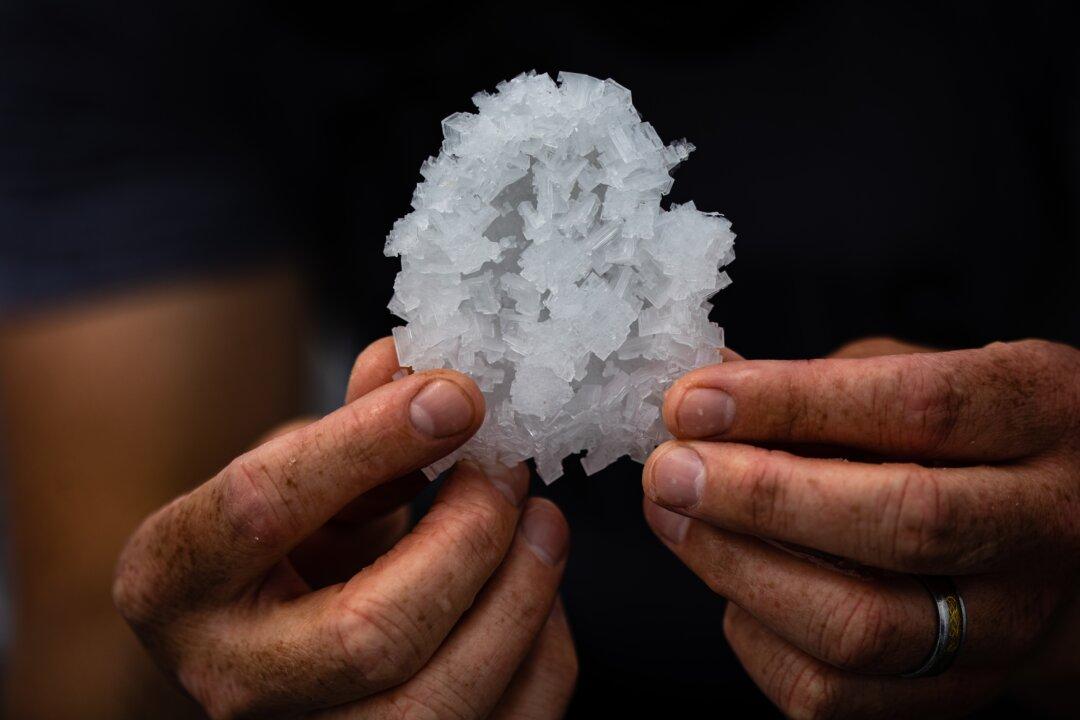Dogs just want to have fun.
Nowhere is this more evident than in a kennel yard at an Alaska dog-sledding operation. All you need to do is walk through the compound and several dozen lean, lively canids will greet you like a long-lost savior. Are we going out on the trail? Yes? With the sled? Soon? Oh boy!





